During a recent Zoom meeting with a client, the discussion turned to Flight Levels and its potential benefits for the current situation. One of the customer’s colleagues suddenly reached over his shoulder and brought a printed piece of paper from the wall behind him. It was a printout of the 5 Flight Levels activities, and he told us that he used it as a daily work guideline. I liked the idea and realized I do not have one myself, perhaps I should… I’ve personally found the 5 Flight Levels activities to be incredibly helpful.

In case you are not familiar with the Flight Levels model, it claims it can help you to find out where in your organization you need to do what to achieve the results you want to achieve. You do this with 5 activities on three levels”.
The three levels are the following:
- Flight level 1: the operational level, where teams are working on products or services.
- Flight level 2: provides end-to-end coordination between (and by) the teams. This level is necessary when multiple teams must contribute to provide customer value.
- Flight level 3 represents the strategic view, sets priorities and provides a link between the strategic decisions, the coordination and the development.
The Flight Levels model offers pragmatic ideas on achieving transparency, alignment around the goals and how to bring value to flow between different parts of the organization.
The 5 activities
To achieve business agility, we need to execute the following activities on every flight level in the system:
- Visualize the situation: Only when we see what is going on can we act. Therefore, we need to make our situation visible. What are we working on and why? What are the work steps? Are there delays? Is work in progress piling up somewhere?
- Create focus: We need to shift from starting work to finishing work. We need to focus on the work items where we want to see improvement. It is not enough to limit the stories per iteration on which we are working if we are interested in shorter Lead Time for initiatives or projects. We also should perhaps bring the 50 parallel projects down to 20 and deliver.
- Establish agile interactions: The right people have the right conversations at the right time. Change happens only when people talk to each other. We want to define interactions and meetings with clear purpose and clear outcome.
- Measure progress: We need to see where we are and if our experiments achieve positive effects. We want to measure things we want or need to change. Only when we know how things are developing can we act.
- Operate and Improve: Continuous improvement on all levels in your organization. (via use of the 5 activities).
How do you use the 5 activities in your daily life? on all flight levels in your organization or at least on the level you work on yourself? In my daily coach life I have used 5 activities to trigger my curiosity about how it could (or should) be. Do we see what we need, do we have enough focus, are the interactions and meetings we have meaningful, what do we need to change and how can we measure it and how can we continuously improve, in small steps in all areas. In principle this is what we should do every day as agilists, with or without the 5 activities, still they help me to get a structure and to keep the focus on improving. There are some examples from a late project below.
Visualize the situation
Does everyone have a common view on the goals and purposes for the items we work on? Here we introduced a strategy board where vision and strategy were broken down in shorter term steps of outcomes: what do we hope to achieve in the next three months and how can we measure it? We called these outcomes “initiatives” and defined activities required to reach the goals in the form of features, epics and stories. The link from strategy down to story gave a very clear picture for all of us about the goals for the next three months, and the activities needed to reach them.
Do we have a good flow? by visualization on all levels we could see we had too many strategic initiatives running in parallel. Also on coordination level we could see we had too many work items running in parallel. A lot of work STARTED but only a little FINISHED. This helped us to focus more on closing items and focus on limiting started work.
Create focus
Do we start more work than we finish? Via regular strategy meetings we were able to strictly prioritize and limit strategic areas and initiative for the next cycle. On level 2 we prioritized features and created strong end-to-end ownership for teams. Every end-to-end feature is owned by one team, even if multiple teams had to contribute. This improved the probability to finish.
On the team level we initiated a scrum master community of practice. First we reviewed how things were running in all the teams and then we shared good ideas and ran experiments for how to improve the focus of finishing in time.
Establish agile interactions
Are the meetings and interactions we have as useful as they could be? We defined purpose, outcome and decisions for the interactions and made sure to get review and input from the teams and leadership. This helped us a lot, every now and then we ran mini retros in our meetings to find areas for improvement. It helped us to get better meetings and to avoid making the same mistakes repeatedly.
Measure progress
Is there something we want to change? Can we measure it to find out if our experiments move the situation in the right direction? Based on workshops for vision and goals for the transformation we identified areas needing change or improvement and how to measure it. We defined the goals, clarified the goals with questions and then found metrics that could answer the questions. For instance we wanted to reduce the time to finish a new feature, so we started to measure lead time and work in progress for features. We wanted to improve satisfaction in teams, so we regularly requested feedback from the teams. We wanted to improve the way we work, so we regularly triggered assessments to learn which areas to focus on and measure our progress.
Operate and improve
Do we learn on all flight levels and do we build in learning loops. If you have “operate&improve” on your daily agenda, you may more often ask “Did this meeting meet your expectations, how can we do it better?”.
On initiative level we experimented to focus more measurable outcomes and hypotheses instead of only a number of features. This triggers another level of consideration on how to create true customer value.
What is then the final conclusion for pinning the 5 activities at your home office wall? Well, It can for sure help in your daily work and may save you from getting too self-satisfied, where you risk slowing down on improvements.
It is good to remember that the Flight Levels model can be seen rather as a thinking model than an agile framework. It provides a toolkit to handle and improve your current situation, regardless of the framework or no framework you happen to use. The project from which I took the examples was a SAFe transformation.
Therefore, you may better print the 5 activities and pin them to your wall. Then you can start turning up with new creative ideas for improvements in your organization and no-one will know you are “just doing Flight Levels”.
By the way, I’ve just pinned the 5 activities to my own wall. Let’s see how this will change my life : ).

Want to learn more about Flight Levels? Join our Flight Levels 2 Design Workshop!






